Recently, covenants or good neighbor agreements have been proposed to address or mitigate concerns or potential impacts associated with specific projects. Specifically, the applicants for 528 Bienville have been directed to enter into “covenant” against inhabiting the penthouse they propose to construct and the owners of 943-945 Chartres have promised an agreement with neighbors to limit occupancy to a restaurant and mitigate the impact by restricting hours, noise, and trash. FQC and VCPORA recently wrote to members of the City Council setting out some thoughts on the legality, purpose, enforceability, and feasibility of covenants and good neighbor agreements.
Legally, a covenant , is a type of contract in which a covenantor makes a promise to a covenantee to do or not do some action. A good neighbor agreement is legally ambiguous but usually refers to a unilateral undertaking not to engage in certain behavior or a promise to do or not do some action.
Thinking about covenants or good neighbor agreements has to take into account what the undertaking is supposed to do. Undertakings that promise only to obey existing law and regulation may underline the applicant’s good intentions, but add nothing to enforceability. Logically, a covenant should (1) address only project elements or behavior not regulated by law, and (2) identify and enlist a party willing and able to enforce it.
Enforceability and feasibility must also be considered. Can an undertaking realistically be enforced, and by whom? Good neighbor agreements, even embodied in ordinance, are extremely difficult to enforce legally. Covenants are not self-enforcing but can be enforced in court by the signatory parties. Neither the city nor the NOPD enforce covenants between private parties. Few private organizations or individuals have the stake, financial resources, and administrative capability to monitor, evaluate, and, if necessary, bring legal action against the covenantor. Such legal action is hugely expensive and recovery uncertain. City agencies, such as the NOPD or VCC, have the power to enforce ordinances but often lack interest, resources, and/or expertise. The covenantor has every incentive to challenge, obfuscate, and prolong; tying up resources for years through the legal process.
At best, covenants and good neighbor agreements demonstrate an applicant’s good faith and desire to mitigate the impact of the proposed project. At worst, covenants and good neighbor agreements are cynical ploys designed to mollify perceived opponents, deceive the unperceptive, distract attention from key issues, and/or otherwise provide a pretext for supporting an otherwise questionable proposal.
FQC and VCPORA both have long experience with the administrative burden and cost of lengthy litigation; not surprisingly, neither organization favors covenants or good neighborhood agreements. We conclude that, in practice, covenants and good neighbor agreements cannot, or will not, be reliably enforced and that they should not be relied upon to make acceptable a proposal otherwise contrary to existing law or regulation.
With respect to 528 Bienville and 943-945 Chartres, we reach the following conclusions:
· Both applicants largely promise not to engage in already-illegal behavior. Using the penthouse for living accommodations is illegal without a permit. Current city law and regulation address excessive noise and trash disposal; hours and tenant operations may be addressed in the context of alcoholic beverage licensing regulations.
· Neither applicant identifies or calls for a specific enforcement mechanism or entity. The Council resolution on 528 Bienville did not specify who is to enforce the “covenant, ” or how and according to what standards; thus, it seems to have more in common with a good neighbor agreement. 943-945 Chartres applicants propose vaguely an agreement with the “neighbors:” which neighbors, what actions, and what enforcement mechanism?
· Neither applicant addresses the question of enforcement resources or capability. The Council resolution on 528 Bienville could be interpreted to place enforcement responsibility on the Vieux Carré Commission (VCC) but does not provide additional administrative and financial resources for enforcement. The burden of enforcing an undertaking on 943-945 Chartres would fall, presumably, on the neighbors.
· Both proposals distract attention from the key issues: loosening “a Quarter restriction: Building gets waiver on height restriction” (Times-Picayune, May 21, 2010) in the case of 528 Bienville, spot zoning from residential to commercial in the case of 943-945 Chartres.
We will keep you informed of the response from members of the City Council. And we welcome comments from the membership.

